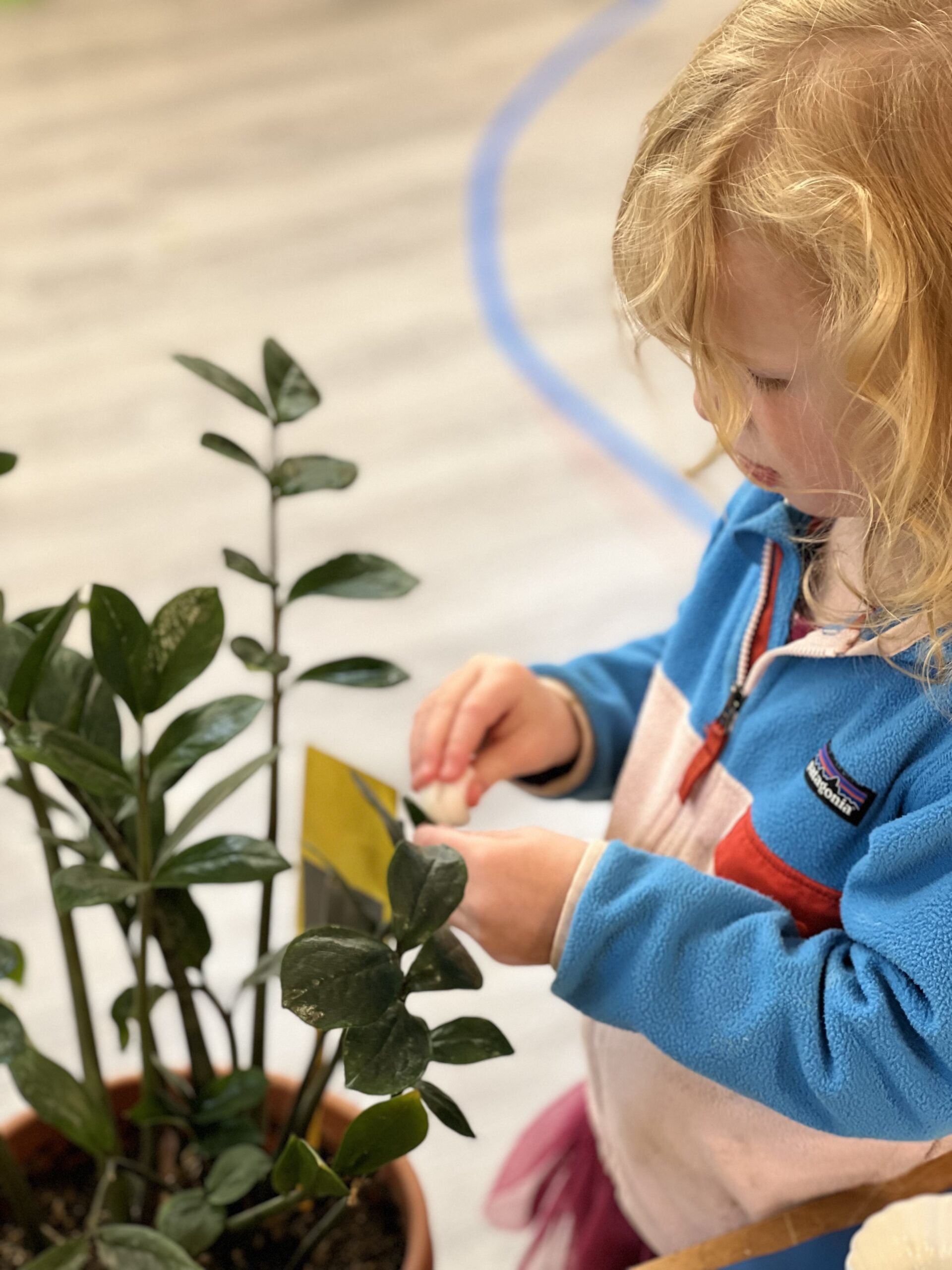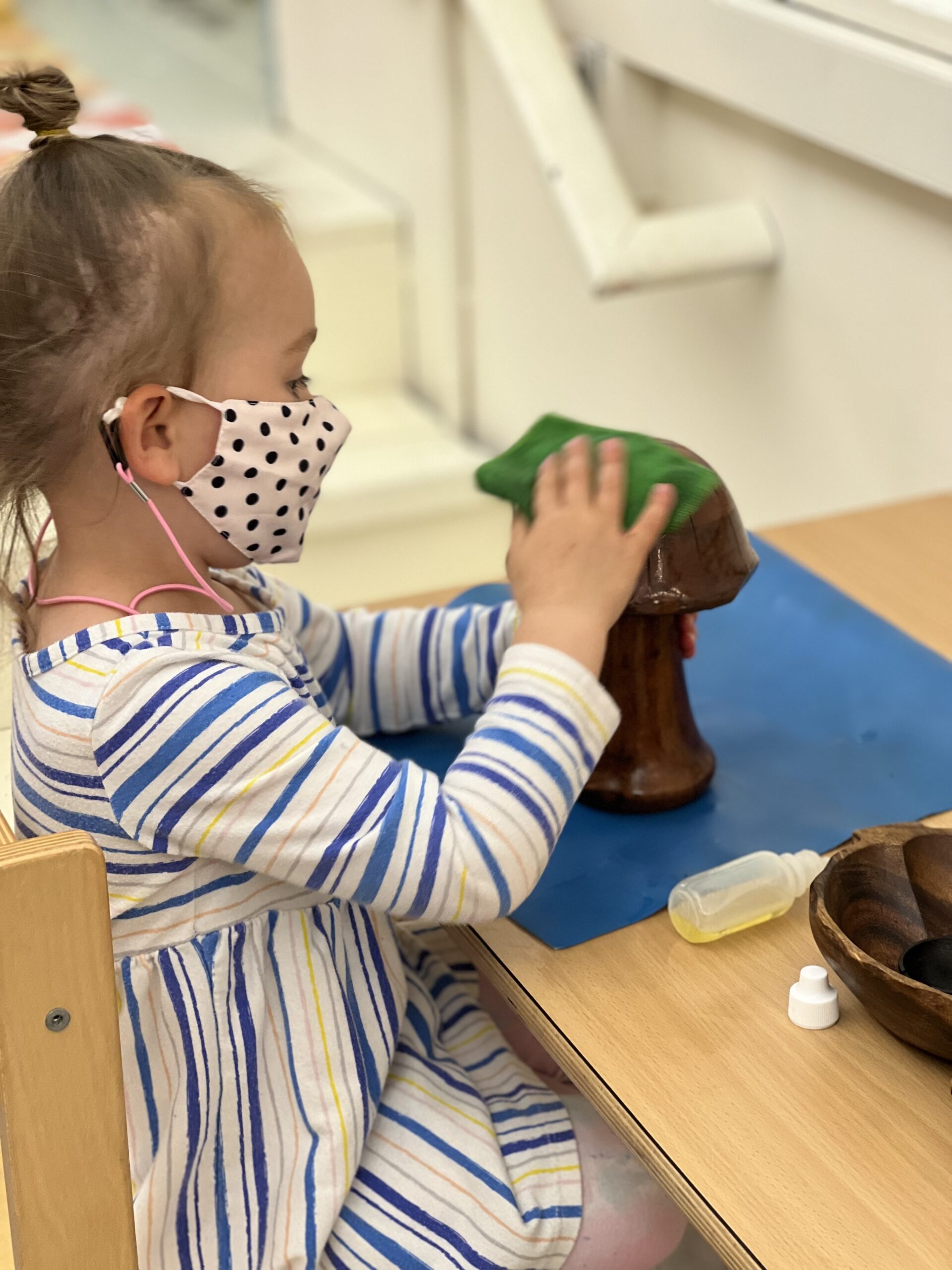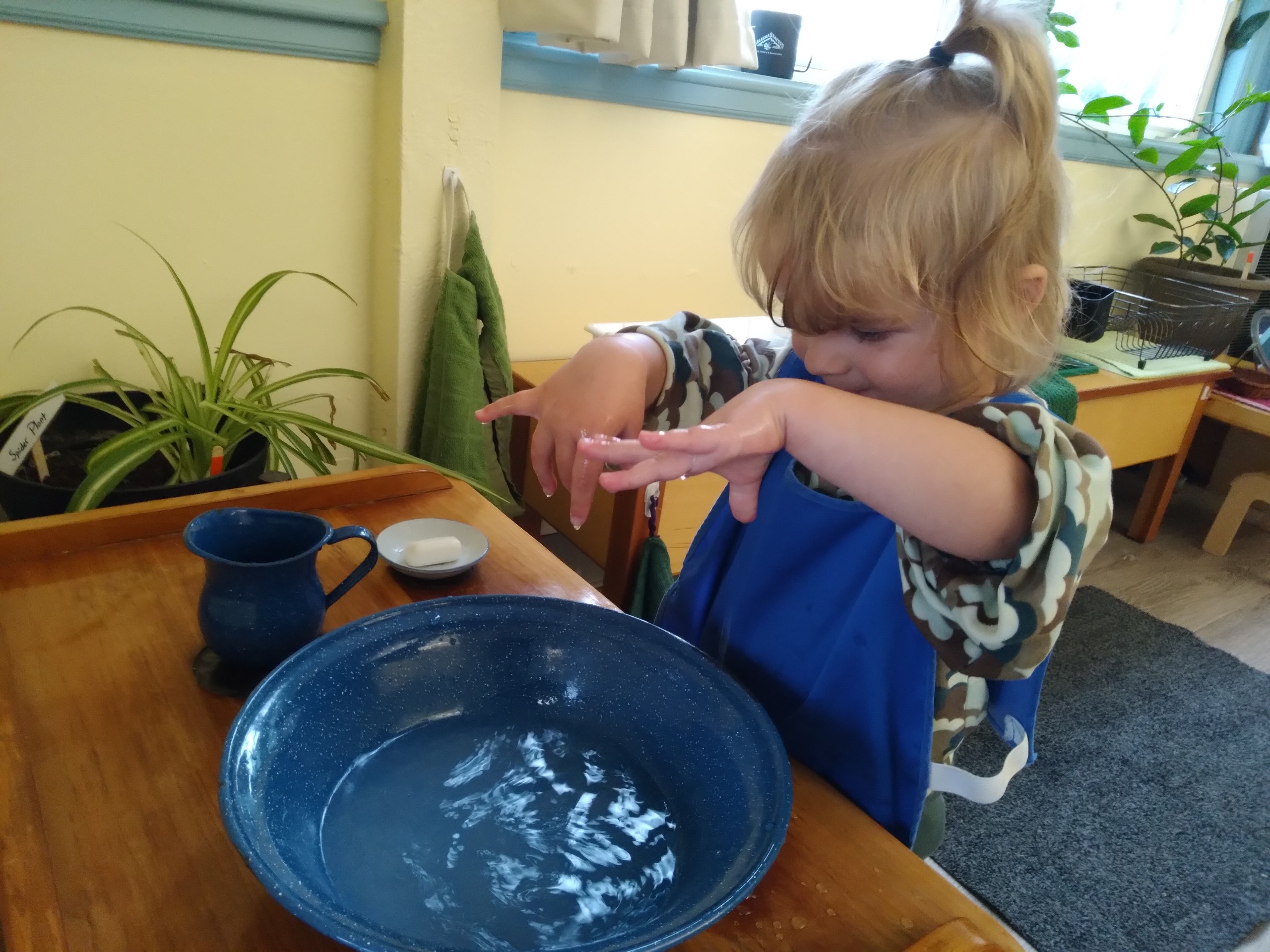What is Montessori?
A Montessori curriculum is for the whole child.
At JMS, children learn in communities of mixed-age groups where they develop not only academic skills like reading, writing, mathematics, geography, art, and music, they also learn how to care for their environments, themselves, and each other. Each Montessori classroom is carefully prepared to be orderly and inviting, rich with real materials made of wood, glass, and clay. Children discover the joy of learning and discovery through purposeful exploration and individual lessons from the teacher.
We follow the internationally known Montessori method developed by Dr. Maria Montessori in 1907, which is based on the idea that education is an aid to life and that all children have an innate desire to learn. Using this philosophy, we give children a balance of both freedom and responsibility, allowing them to develop confidence, independence, and a true love of learning.

In a Montessori environment, lessons are given one-on-one by the teacher and are offered with respect for the child. Some lessons are given in small groups with a focus on cooperation and positive interaction.



“The greatest gifts we can give children are the roots of responsibility and the wings of independence.” – Maria Montessori
Montessori:
- Child-centered class; teacher acts as facilitator
- Child sets own learning pace, can take time to master a concept or move ahead quickly if ready and capable
- Children are mainly taught in individual lessons
- Mixed-age groups encourage children to help each other
- Child chooses own work and spends as long on a project as he/she chooses
- Learning is reinforced internally by feelings of success, pride in own work, and desire for challenge
- Emphasis on sensory materials and physical exploration
- Organized program for learning care of self and environment
- Child can move freely about the room, group work can be voluntary
Traditional:
- Teacher-centered class
- Success is based on child’s ability to grasp concepts at a set pace
- Children are taught in group lessons
- Same-age groups; teaching mostly done by teacher
- Curriculum is structured and children are allotted a set time for work
- Learning is reinforced externally by repetition, letter grades, and feedback from teacher
- Emphasis on worksheets
- Self-care is left primarily to parents
- Child usually assigned a chair and required to sit still and listen to group lessons